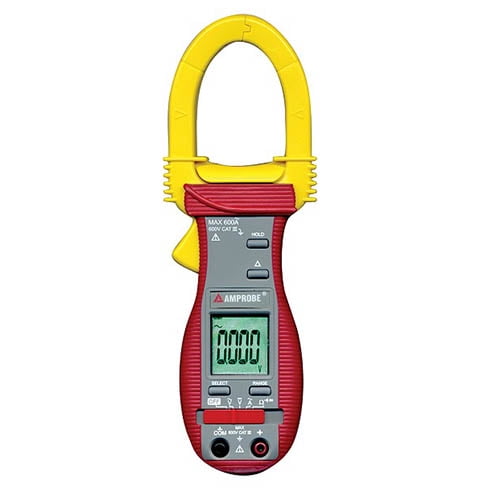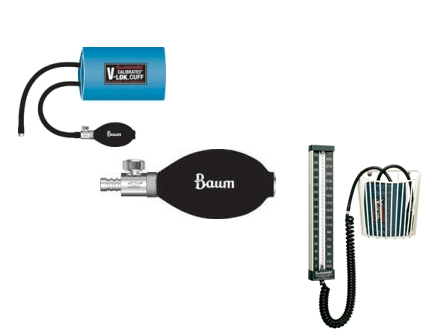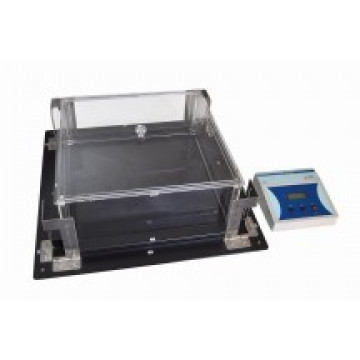

He was dreading writing the chapter on sleep, thinking that it was not only a universal necessity – but a biological constant. Originally, Ekirch had been researching a book about the history of night-time, and at the time he had been looking through records that spanned the era between the early Middle Ages and the Industrial Revolution. And something about it struck him as odd. There, among the endless rows of ancient vellum papers and manuscripts, he found Jane's testimony. Nearly 300 years later, in the early 1990s, the historian Roger Ekirch walked through the arched entranceway to the Public Record Office in London – an imposing gothic building that housed the UK's National Archives from 1838 until 2003. That night, Mrs Rowth was brutally murdered, and her body was discovered in the following days. Or maybe she was in trouble, and knew that leaving the house was a risk.Įither way, Jane's mother didn't get to keep her promise – she never returned home. Perhaps Mrs Rowth had some nocturnal task to complete.

She went with them freely – but first whispered to her daughter to "lye still, and shee would come againe in the morning". S2CID 98387978.As Jane later explained to a courtroom, her mother had evidently been expecting the visitors. "Chemical actinometry in the visible (475-610 nm) by meso-diphenylhlianthrene". ^ Brauer H-D Schmidt R Gauglitz G Hubig S (1983).

"Quantum Yields of Hydroxyl Radical and Nitrogen Dioxide from the Photolysis of Nitrate on Ice". In situ photoformation of hydroxyl radical and singlet molecular oxygen". "Chemistry of fog waters in California's Central Valley: 1. Experimental methods in Photochemistry and Photophysics. Analytical methods techniques for actinometry in Analytical photochemistry and photochemical analysis. ^ Calvert, Jack G James N Pitts (1966).This chemical measures in the 475–610 nm range, but measurements in wider spectral ranges can be done with this chemical if the emission spectrum of the light source is known. Meso-diphenylhelianthrene can be used for chemical actinometry in the visible range (400–700 nm). Radical scavengers proved a viable method of measuring production of hydroxyl radical.Ĭhemical actinometry in the visible range However, they originally used ferrioxalate actinometry to calibrate the quantum yields for the hydrogen peroxide photolysis. Have used 2-nitrobenzaldehyde and benzoic acid as a radical scavenger for hydroxyl radicals produced in the photolysis of hydrogen peroxide and sodium nitrate. Recent investigations into nitrate photolysis Uranyl oxalate has been used historically but is very toxic and cumbersome to analyze. Reinecke's salt K reacts in the near-UV region although it is thermally unstable. Other actinometers are more specific in terms of the range of wavelengths at which quantum yields have been determined. Organic actinometers like butyrophenone or piperylene are analysed by gas chromatography. This is undesirable since it will have to be corrected for. Other actinometers include malachite green leucocyanides, vanadium(V)–iron(III) oxalate and monochloroacetic acid, however all of these actinometers undergo dark reactions, that is, they react in the absence of light. Potassium ferrioxalate is commonly used, as it is simple to use and sensitive over a wide range of relevant wavelengths (254 nm to 500 nm). This process requires a chemical with a known quantum yield and easily analyzed reaction products. The actinograph is a related device for estimating the actinic power of lighting for photography.Ĭhemical actinometry involves measuring radiant flux via the yield from a chemical reaction. The actinometer was invented by John Herschel in 1825 he introduced the term actinometer, the first of many uses of the prefix actin for scientific instruments, effects, and processes. This name is commonlyĪpplied to devices used in the ultraviolet and visible wavelength ranges.įor example, solutions of iron(III) oxalate can be used as a chemicalĪctinometer, while bolometers, thermopiles, and photodiodes are physicalĭevices giving a reading that can be correlated to the number of photons Photons in a beam integrally or per unit time. They are used in meteorology to measure solar radiation as pyranometers, pyrheliometers and net radiometers.Īn actinometer is a chemical system or physical device which determines the number of Actinometer instrument designed by Jules Violle and used to estimate the temperature of the Sun's surface.Īctinometers are instruments used to measure the heating power of radiation.


 0 kommentar(er)
0 kommentar(er)
